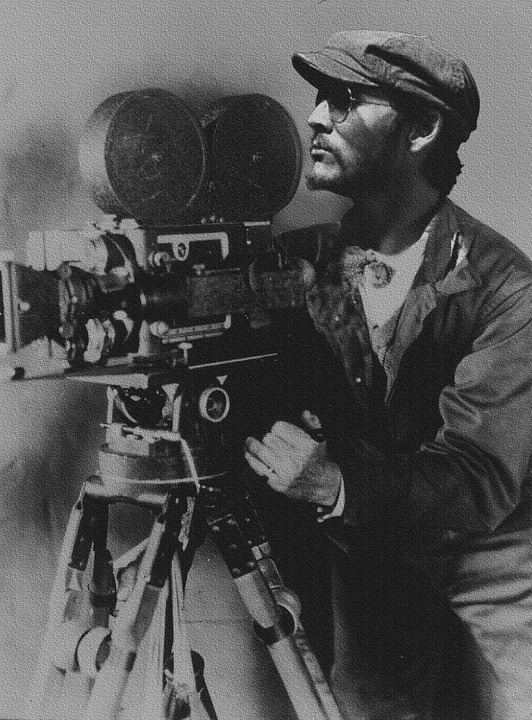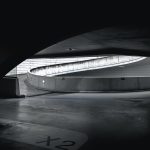Crafting a Striking Art Director Resume: Your Key to Creative Success
In a world brimming with artistic talent, how does one rise above the cacophony of creativity? The answer lies in a meticulously crafted resume that not only showcases your skills and experience but also encapsulates your unique artistic vision. An art director’s resume should be a reflection of the very essence of creativity—dynamic, engaging, and visually appealing. Here’s how to design a standout resume that speaks volumes in the competitive creative industry.
1. Visual Aesthetics Matter
Your resume is your first canvas. It’s imperative that the layout is not only professional but also an extension of your artistic sensibilities. Think about the following:
- Typography: Choose fonts that resonate with your personal style while ensuring readability. A mix of serif and sans-serif can add a touch of sophistication.
- Colour Palette: Select a colour scheme that reflects your personality and the kind of work you wish to attract. A bold palette can convey confidence, while pastels might suggest a softer approach.
- Imagery: Incorporate subtle graphics or icons that enhance the visual appeal. However, be cautious not to overcrowd; simplicity often speaks louder.
2. Tailoring Your Experience
While it’s tempting to list every project you’ve ever undertaken, focus on quality over quantity. Highlight experiences that align with the jobs you’re applying for. Consider breaking them down into:
- Key Projects: Specify your role, the challenges faced, and the outcomes achieved. Use metrics where possible—numbers can illustrate success better than words.
- Skills Section: Emphasise both hard and soft skills. Proficiency in tools like Adobe Creative Suite is essential, but don’t forget to mention leadership, communication, and teamwork abilities, which are equally vital in a creative environment.
3. Showcasing Your Portfolio
A resume without a portfolio is like a canvas without paint. Ensure your portfolio is not just an afterthought but a core component of your application. Here’s how to integrate it effectively:
- Links: Include a hyperlink to your online portfolio. Make sure it’s updated and showcases a diverse range of work that speaks to your versatility.
- Featured Projects: Within your resume, consider adding a small section to highlight 2-3 standout pieces from your portfolio. Briefly describe each project, your contributions, and the skills you utilised.
4. Personal Touch
In a field driven by individuality, your resume should reflect who you are. Consider adding:
- A Personal Statement: A succinct paragraph that captures your artistic philosophy and career aspirations. This gives potential employers a glimpse into your creative mindset.
- Hobbies and Interests: If relevant, mentioning personal projects or interests can humanise your resume and demonstrate your passion for creativity outside of work.
The Final Flourish
Creating a compelling art director resume is not merely about listing qualifications; it’s about crafting a narrative that tells your story as a creative professional. Aim to evoke emotion and intrigue, allowing your personality to shine through the text. Remember, this document is your opportunity to make a memorable impression in a saturated market.
As you embark on this journey, remember that CVPortal continues to provide a plethora of top-notch resume templates and guidance, ensuring you have the tools to stand out in the bustling world of creativity. Embrace the challenge; your perfect resume awaits!


